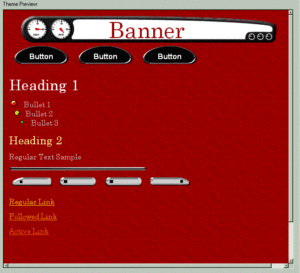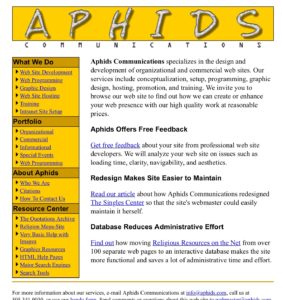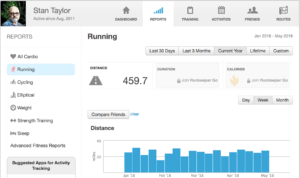A couple of years ago, I learned the hard way that there are radically different operating definitions of racism in the US. Someone posted a link to an Austin-area news article to a local Facebook group. The article was about two robbery suspects who had been apprehended. The article included the mugshots of the suspects, and Facebook’s algorithm chose that photo to represent the link in the Facebook post. Both suspects were African-American.
The very first comment on the Facebook post was “thugs!” and several other comments weren’t much better. I naively decided to call out the first caller as politely as I could, so I replied “‘Thug’ is a racially charged term. It’s best to avoid it.” Oh. My. Goodness. I was not prepared for the responses. Hostility, name-calling, etc. But interestingly, the original commenter replied, “I can’t be racist. I’m Hispanic.”
I ended up deleting my comment and withdrawing from that group. But I learned an important lesson: I have a much different definition of racism than the other commenters in that group. This morning, I ran across a really good description of that difference:
The average Trump supporter is simultaneously racist and not racist at all, depending on your definition of racism. This is one example of the polarized philosophy that doesn’t just drive a wedge between the parties but actually makes productive discourse impossible, as both sides already start from a place of fundamentally different definitions and assumptions.
Conservatives–but more predominantly Trump-voting Republicans–come from an understanding that racism equals explicit actions that harm someone based on an explicit hate of their race. Slavery is racism, racially motivated violence is racism, and segregation was effectively the last racist actions of the U.S. government. Anything less, such as jokes or media depictions or off-color remarks, can’t be racist because it doesn’t literally hold a race back; moreover, people who complain about it are the “actual” racists because they’re the ones making a big deal over what is ostensibly nothing.
By contract, Democrats and progressives see racism as a much more nuanced issue that may take many forms. A progressive views a remark like Roseanne’s tweet as racist because–regardless of the intended comedy–it functions within a racist worldview, and the propagation of such views may cause harm indirectly. It’s a different sort of racism than slavery, sure, but Democrats don’t have a problem acknowledging the grey areas there and saying that even casual racism should be shunned on its own level.
So to even say that “X person/group is racist,” you need to understand that implicitly means different things to different people. Your average Trump supporter might be perfectly able to crack a joke about black people being monkeys while also wholeheartedly saying that s/he doesn’t participate in racism, and not have any cognitive dissonance there. It’s worsened by the fact that, at this point in our history, most Americans were educated to specifically not be racist, that racism is BAD, while also not being given much education on what actually constitutes racism or the indirect and implicit biases that constitute casual racism or institutional racism. As a result, everyone wants to say they’re not racist, and therefore everyone has carved out their own definition of racism so that they can personally avoid it and feel like they’ve “beaten” their own personal racism.
The real problem is that most people aren’t willing to say, “Oh shit, I harbor racism on some level,” and then work toward combating that. It’s much easier for liberals to say that conservatives are racist (and aren’t willing to admit it) and for conservatives to say that liberals are inventing racism (and therefore rekindling racial tensions). In reality, we need to acknowledge that we all have personal biases that we need to get over, and that it’s okay to acknowledge racism–on any level–when we see it, if for no other reason than to be critically discerning and self-aware.
While I do agree with the progressive idea that casual or joking racism is racism, and that we absolutely should acknowledge and shun those grey areas of prejudice, I also think it’s ultimately unhelpful to just say “Trump supporters are racist” because you’re asserting something that Trump supporters would flatly disagree with, as you likely don’t even define that term in the same way. The country has truly split into two realities at this point, and political discourse has devolved into a cacophony of those realities trying to exist in the same space without first establishing the ground rules of occupying said space.








